Gallery
Photos from events, contest for the best costume, videos from master classes.
 |  |
 | 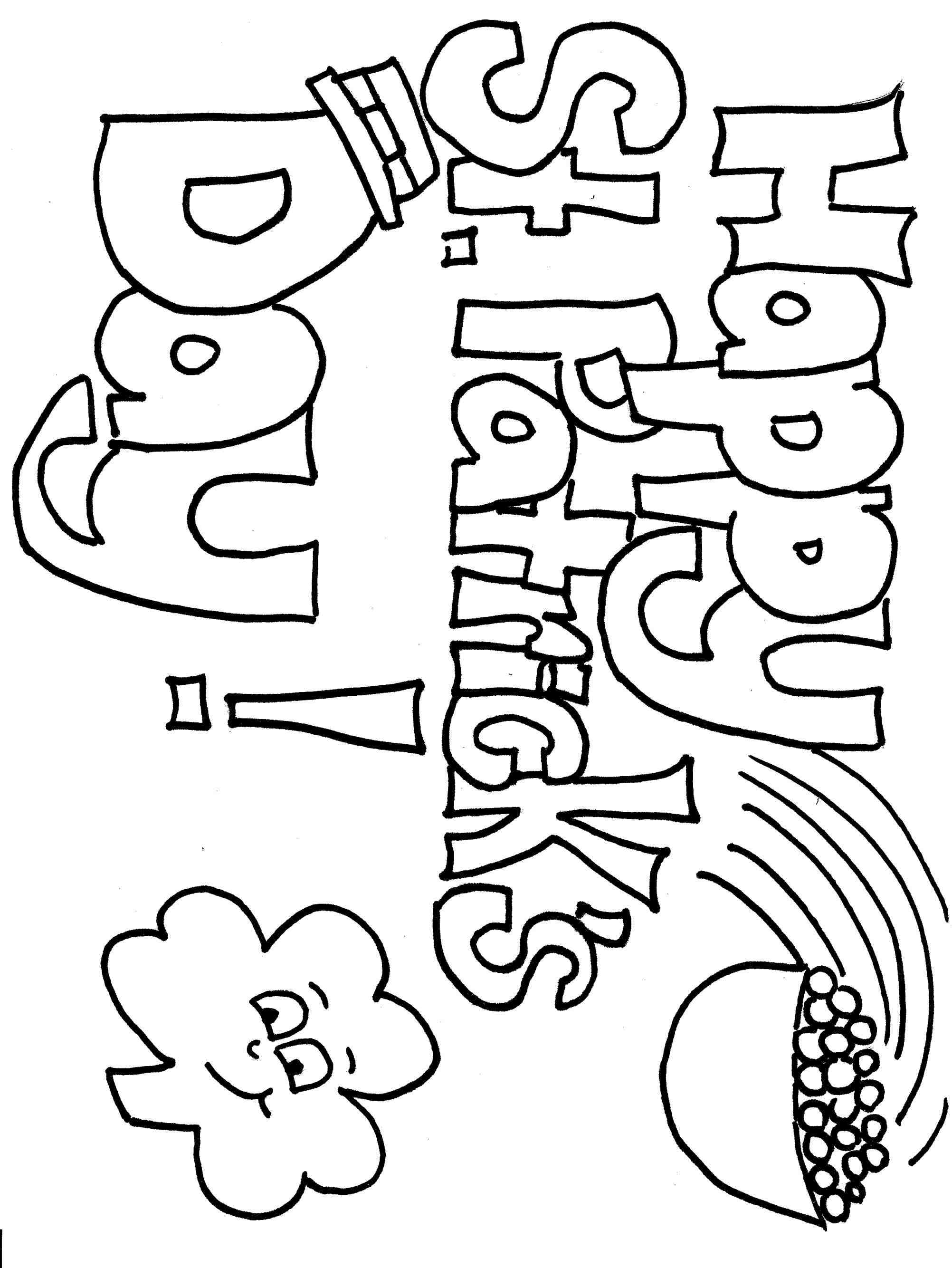 |
 |  |
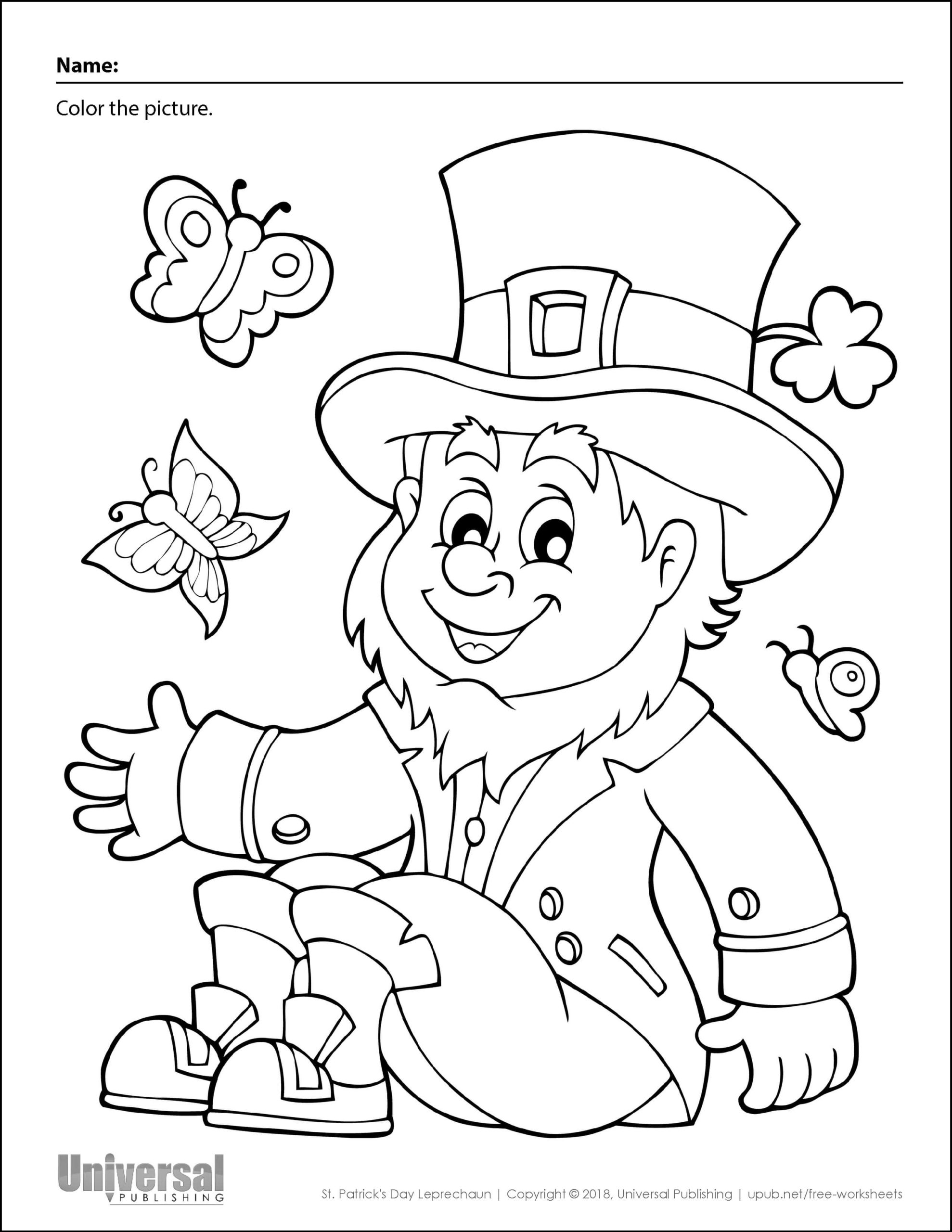 | 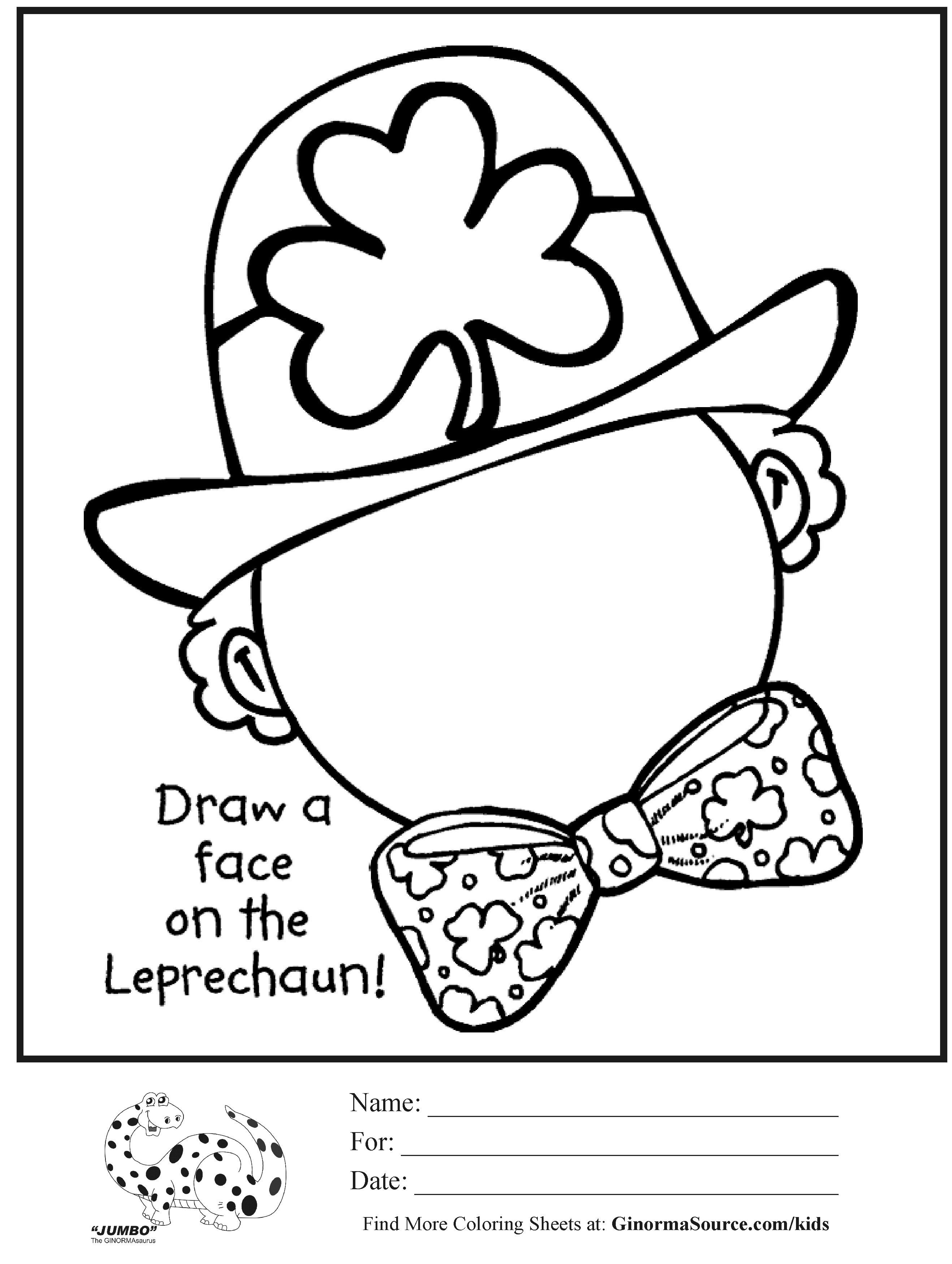 |
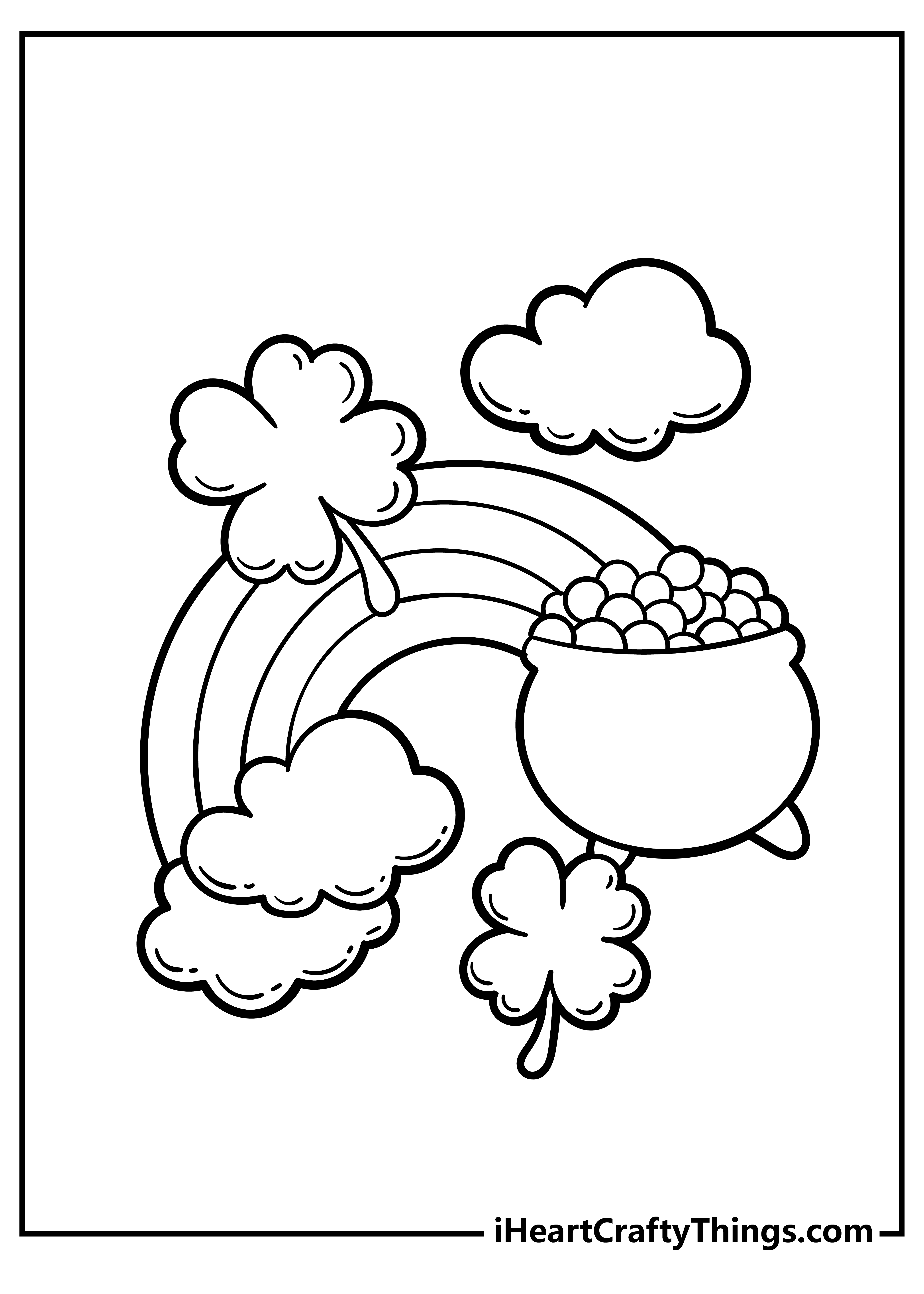 | 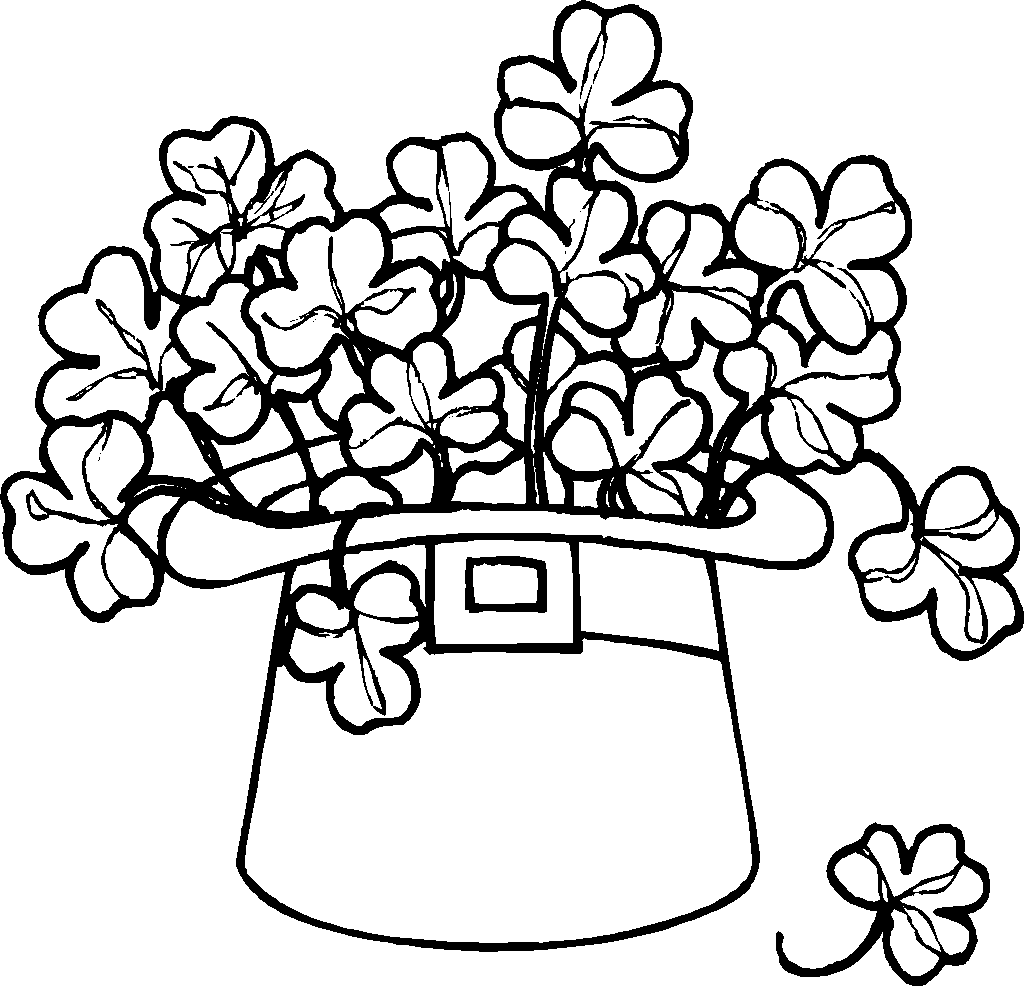 |
 | 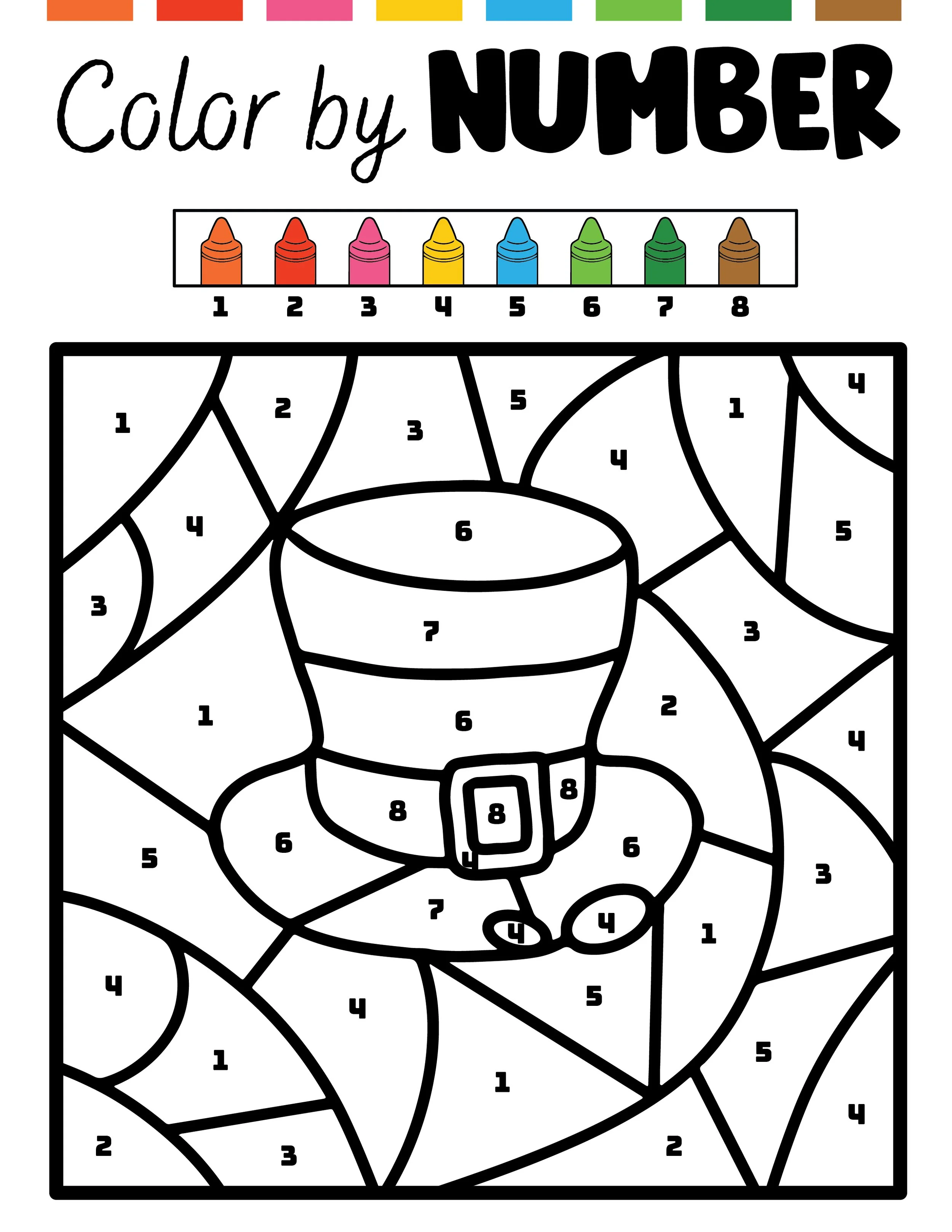 |
To save you scrolling, you’ll find some speedy need-to-knows about the first color associated with St. Patrick’s Day below: 1. Yep, it all began with blue, not green. Although people wear green on St. Patrick’s Day, early depictions of St. Patrick show him clothed in fine blue robes. In fact, in Saul Church, which is on the site where St What was the original color associated with Saint Patrick? Blue. 300. Which country held the first Saint Patrick's Day parade in 1601? Spain (in the Spanish Each year on St. Patrick’s Day, the Order of St. Patrick. “Its official color was a sky blue, known as St. Patrick’s blue,” Stack says. Original Published Date March 11, 2024. Fact Celebrate St. Patrick's Day this year with a free St Patrick's Day coloring page printable. You can use colored pencils, crayons or markers to fill complete this free printable. Many of the items you will see in this St. Patrick's Day coloring sheet are symbols of the holiday, like shamrocks, leprechauns and the harp! Green is the color of St. Patrick’s Day, but why? According to some scholars, the color green only became associated with Ireland and St. Patrick’s Day during the Irish Rebellion in 1798. What was St. Patrick’s original color? Patrick was first represented by the color blue. This 13th-century image of St. Patrick depicts Ireland's patron saint in a blue robe. The colors of St. Patrick’s Day have also become an integral part of popular culture, from fashion to advertising. In the United States, for example, St. Patrick’s Day is often associated with green beer, green attire, and green decorations. However, the colors associated with St. Patrick’s Day are not just limited to green. (THE CONVERSATION) St. Patrick’s Day usually conjures images of partying, Catholicism, Irish nationalism and, perhaps most famously, the color green: green clothes, green shamrocks, green beer The Irish government didn’t recognize St. Patrick’s Day as a public holiday until 1903, and the first parade in Dublin wasn’t held until 1931. Even pubs remained closed on March 17 until 1961. Unveiling the True Hue: St. Patrick’s Original Colour. St. Patrick’s Day, a cultural and religious celebration held on the 17th of March, is synonymous with the colour green. From clothing to decorations, parades to parties, everything is awash in varying shades of this vibrant hue. What Was St. Patrick’s Day’s Original Color? Before the sea of green flooded every street and city skyline on March 17th, the original color associated with St. Patrick was a shade of light, sky-toned blue—a hue that has come to be called “St. Patrick’s Blue.” 7. Blue Was the Original Color of St. Patrick’s Day. Before green became the signature color of St. Patrick’s Day, blue was actually the color associated with the holiday. Green became more popular over time due to Ireland’s nickname, “The Emerald Isle,” and the shamrock’s vibrant hue. 8. St. Patrick’s Day Used to Be a Dry Holiday In Ireland, however, St. Patrick’s Day remained a solemn day of observance with little revelry. The Irish government didn’t recognize St. Patrick’s Day as a public holiday until 1903, and the first parade in Dublin wasn’t held until 1931. Even pubs remained closed on March 17 until 1961. The original color of St. Patrick’s Day was blue, known as St. Patrick’s blue. Green replaced blue as the official color of the holiday around the 1780s. Popular symbols like shamrocks and wearing green today stem from this change. Although blue was the color to wear on St. Patrick’s Day in the past, today, everything (from the clothes you wear to the beer you drink) should be green in honor of the patron saint of Ireland The earliest known artistic representation of St. Patrick, dating back to a 13th-century French manuscript, depicts the saint draped in a blue robe. This early portrayal hints at a time when blue, rather than green, was the color most closely tied to Ireland’s patron saint. (THE CONVERSATION) St. Patrick’s Day usually conjures images of partying, Catholicism, Irish nationalism and, perhaps most famously, the color green: green clothes, green shamrocks, green beer (THE CONVERSATION) St. Patrick’s Day usually conjures images of partying, Catholicism, Irish nationalism and, perhaps most famously, the color green: green clothes, green shamrocks, green beer Hearing the phrase Saint Patrick’s Day brings the color green to mind as surely as Saint Valentine’s Day conjures shades of red. Saint Paddy’s Day is a huge event. Its appeal appears in the fact that those in the United States and the United Kingdom spend nearly six billion dollars annually to celebrate. St. Patrick’s Day usually conjures images of partying, Catholicism, Irish nationalism and, perhaps most famously, the color green: green clothes, green shamrocks, green beer and green rivers.
Articles and news, personal stories, interviews with experts.
Photos from events, contest for the best costume, videos from master classes.
 |  |
 |  |
 |  |
 |  |
 |  |
 |  |